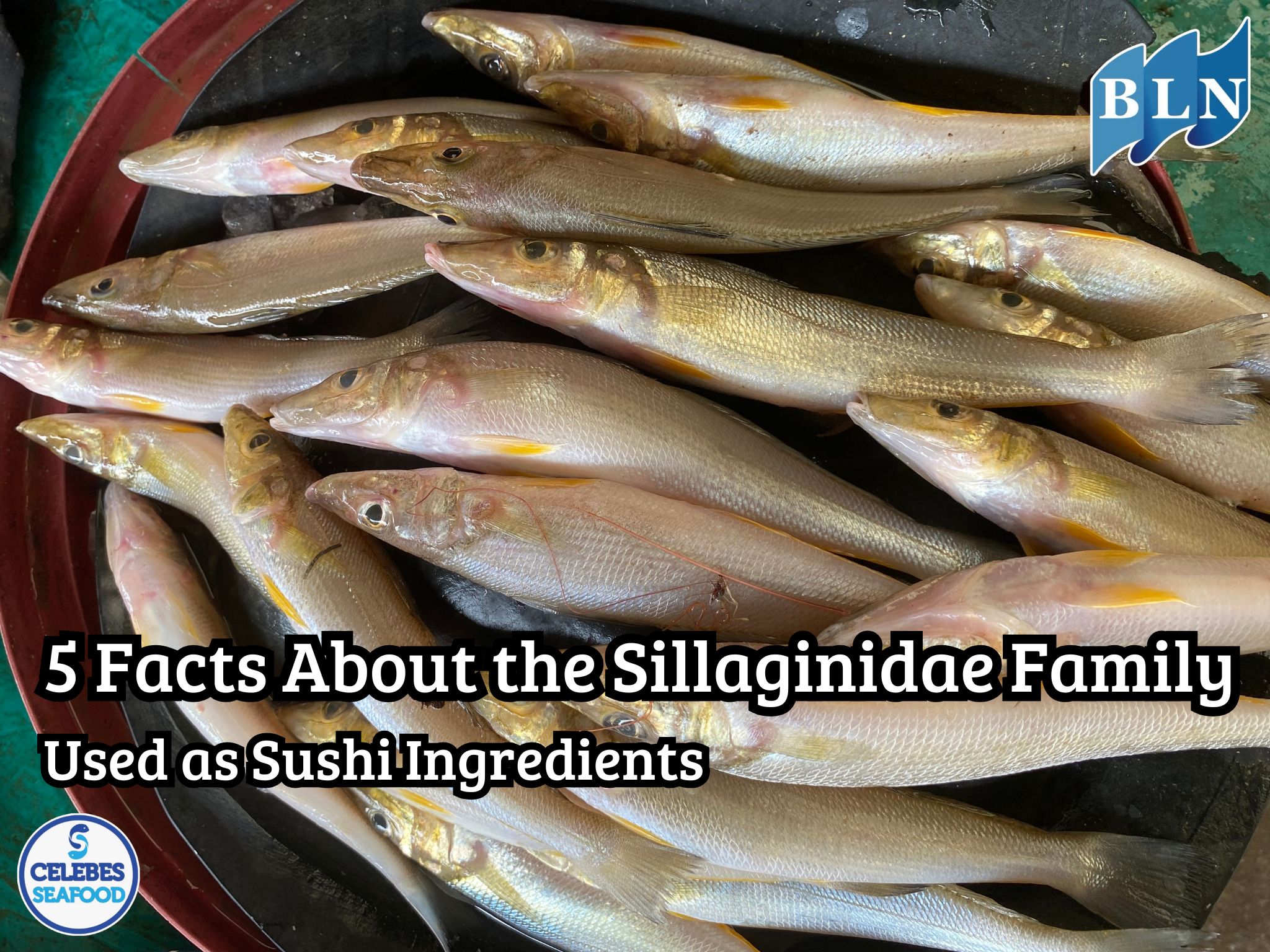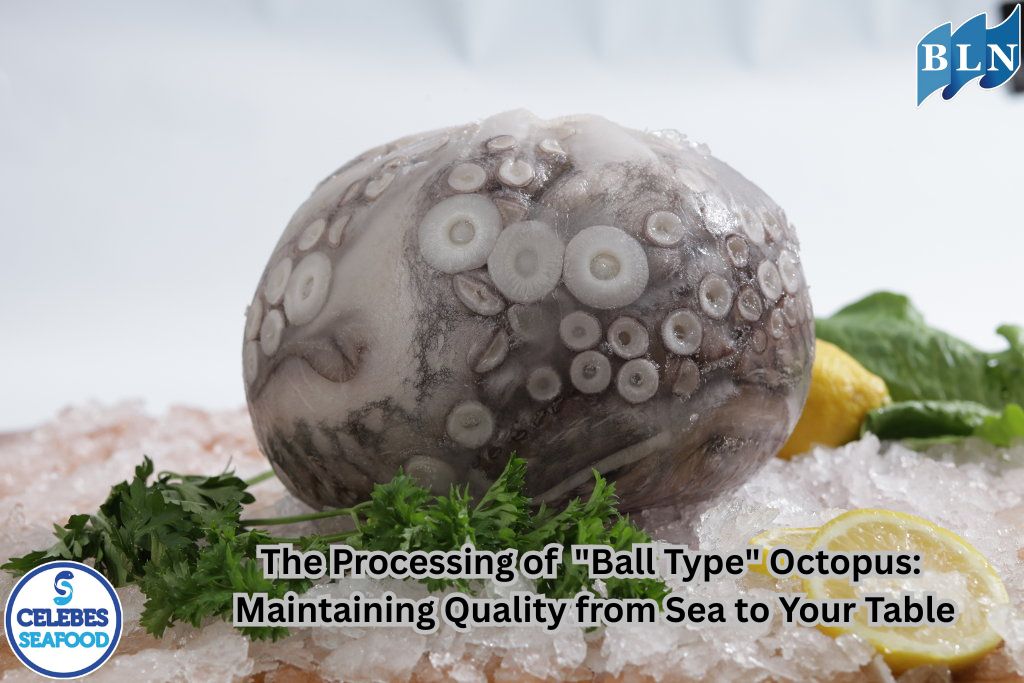Seafood as a Superfood: Omega-3 Content and Its Functions
By. Amma - 30 May 2025
lautnusantara.com Seafood is not only delicious and appetizing, but is also known as a superfood because of its high nutritional content. One of the important nutrients that makes seafood so special is omega-3 fatty acids. But, what exactly is omega-3? And how are its benefits for body health?
1. What is Omega-3?
Omega-3 is a type of polyunsaturated fatty acid that is very important for the body, but cannot be produced by itself, so it must be obtained from food. There are three main types of omega-3:
- EPA (Eicosapentaenoic Acid)
- DHA (Docosahexaenoic Acid)
- ALA (Alpha-linolenic Acid) — generally comes from plants
- EPA and DHA are most commonly found in fish and seafood, and are the types of omega-3 that are most easily absorbed by the body.
2. Seafood Rich in Omega-3
Some types of seafood with high omega-3 content include:
- Salmon
- Tuna
- Sardines
- Mackerel (mackerel)
- Anchovies
- Crab and shellfish (in moderation)
- Squid and shrimp also contain omega-3 although not as high as oily fish
3. Benefits of Omega-3 for Health
a. Maintaining Heart Health
Omega-3 helps lower triglyceride levels, lower blood pressure, and reduce the risk of coronary heart disease.
b. Improving Brain and Cognitive Function
DHA is very important for brain development and nerve function, especially in children and the elderly.
c. Reducing Inflammation
Omega-3 is a natural anti-inflammatory that can help relieve symptoms of arthritis and autoimmune diseases.
d. Maintaining Eye Health
DHA is an important component in the retina of the eye. Adequate intake can help prevent macular degeneration and vision problems.
e. Supporting Pregnancy and Fetal Development
Pregnant women who consume enough omega-3 help the development of the brain and nervous system of the fetus.
f. Improve Mood and Mental Health
Several studies have shown that omega-3s can help reduce symptoms of depression and anxiety.
4. Tips for Safe Seafood Consumption
- Choose fresh and mercury-free seafood (avoid excessive consumption of large predatory fish such as shark or swordfish).
- Consume 2–3 servings of fatty fish per week for optimal omega-3 intake.
- For children and pregnant women, consult the types and portions of seafood that are safe to consume.
Seafood is not only a delicious sea food, but also a source of important nutrients—especially omega-3s—that support heart, brain, eye, and immune system health. Make seafood part of a balanced diet for a healthier and more energetic life.
If you are interested in our CORAL TROUT WGG WHOLE GILLED GUTTED, Coral Trout Fillet Skin On please do not hesitate to contact us through email and/or whatsapp.
 for Octopuses Beyond Mere Preservation.jpg)



 Processed Products into Various Sambal and Abon as an Effort to Increase Added Value and Competitiveness of Local Fishery Products.jpg)



